Unlock the Editor’s Digest for free
Roula Khalaf, Editor of the FT, selects her favourite stories in this weekly newsletter.
Svenskt Tenn, the Swedish home furnishings and interior design company, has always been a curiosity. A commercial entity…

Unlock the Editor’s Digest for free
Roula Khalaf, Editor of the FT, selects her favourite stories in this weekly newsletter.
Svenskt Tenn, the Swedish home furnishings and interior design company, has always been a curiosity. A commercial entity…
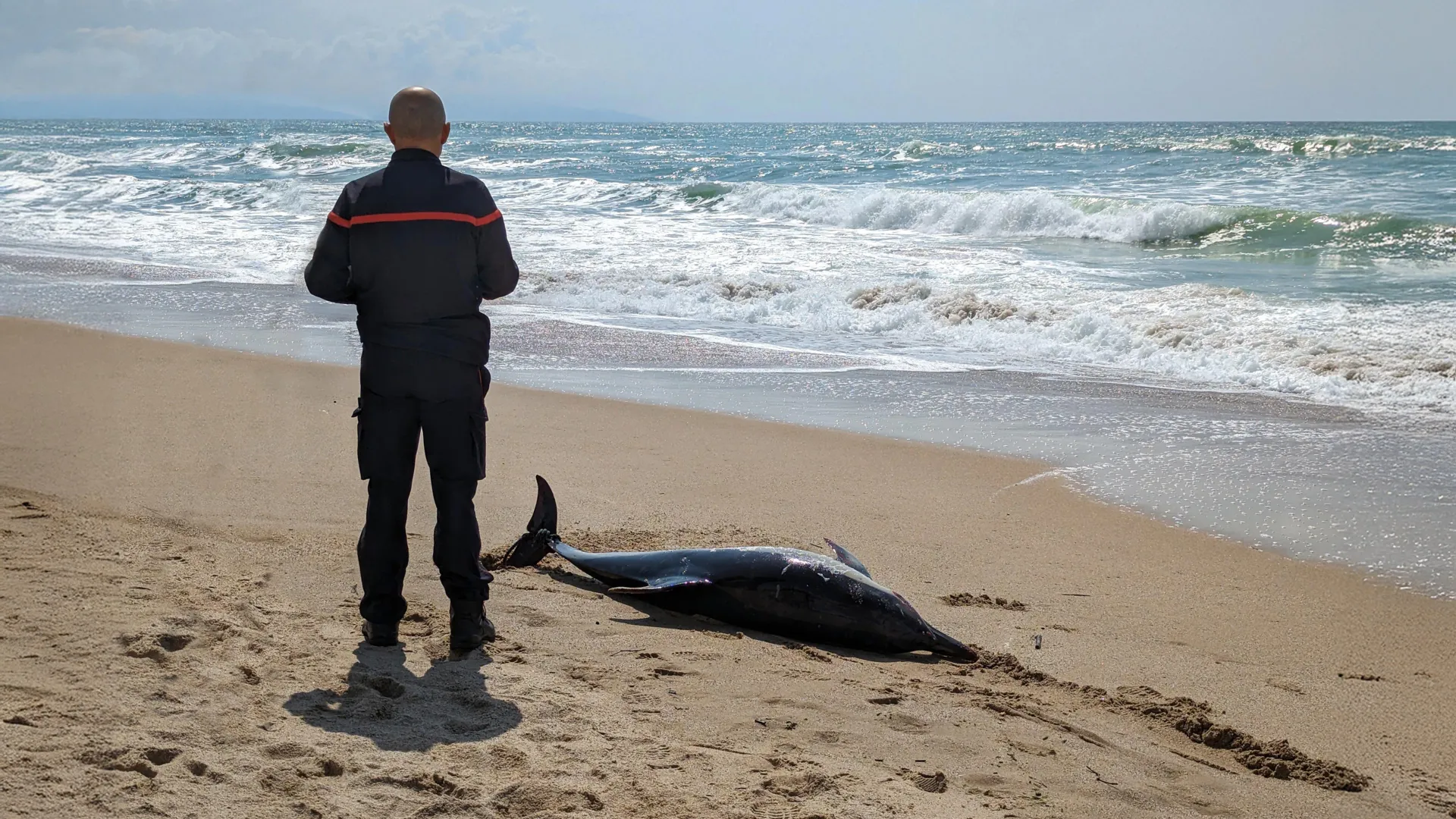
For many nature enthusiasts, few scenes are as distressing as finding a stranded whale or dolphin lying helpless on the beach. When these animals are still alive, marine biologists and volunteers rush to assist, shielding them from the sun and…

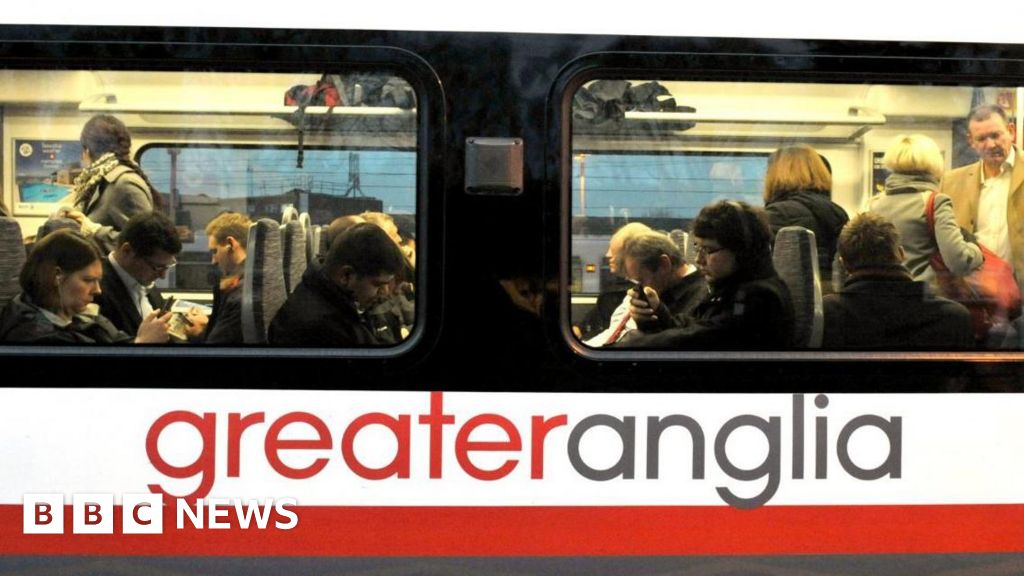
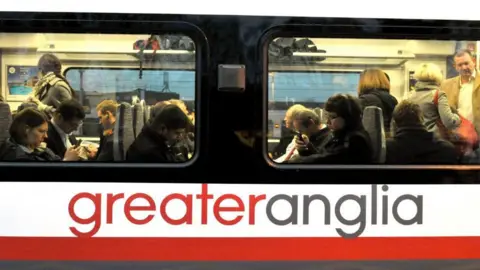 PA Media
PA MediaGreater Anglia has become the latest rail operator to enter into public ownership as part of the government’s renationalisation of the network.
The company runs trains from Cambridge, Ipswich, Norwich and Colchester to London, as well as Stansted Airport, Peterborough and smaller lines.
Its transfer on Sunday means half of all rail operators are publicly owned, which Greater Anglia described as another step towards a “simpler, more unified” network of Great British Railways.
“Passengers commuting into Norwich or heading for a day out in Cambridge will be travelling on services that are owned by the public, and run with their interests front of mind,” said Transport Secretary Heidi Alexander.
“We’re reforming a fragmented system and laying the foundations for a more reliable, efficient and accountable railway – one that puts passengers first and delivers the high standards they rightly expect.”
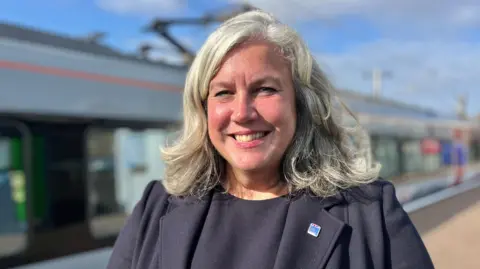 Martin Giles/BBC
Martin Giles/BBCLast week Greater Anglia, which handled 81.8 million passenger journeys in 2024-25, was named Rail Operator of the Year at the National Transport Awards.
The Department for Transport (DfT) said the company, with government support, would continue to deliver regional growth.
Two new stations are opening — Beaulieu Park in north Chelmsford this month and Cambridge South early next year — and the operator has a new fleet of bi-mode trains.
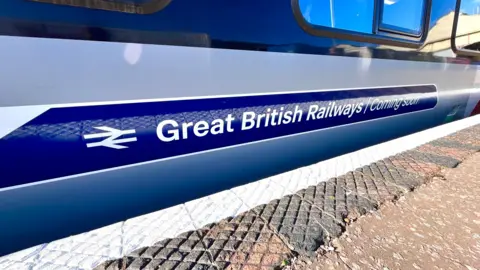 Martin Giles/BBC
Martin Giles/BBCGreater Anglia’s managing director Martin Beable said the move was an “exciting opportunity” to build on its success.
“By working more closely with the wider family of publicly owned operators, we can share expertise, drive innovation, and deliver even better journeys for our passengers across the Anglia region,” he added.
“This transition also brings us one step closer to Great British Railways – a simpler, more unified network that puts passengers at its heart.
“Together, we can create a railway that drives growth, sustainability, and pride for the communities we serve and right across the UK.”
Greater Anglia joins c2c, Northern, TransPennine Express, Southeastern, LNER and South Western Railway, which are currently operated by DfT Operator Limited (DFTO) on behalf of the government.
West Midlands Trains services will transfer back to the state on 1 February, followed by Govia Thameslink Railway (GTR) on 31 May, with Chiltern Railways and Great Western Railways services expected to follow, the DfT said.

Pokemon GO Solosis Community Day is shaping up to be one of the most thrilling and rewarding events of the year. From powerful bonuses to exclusive moves and shiny opportunities, Trainers will…

Commercial raw cat food, particularly products sold on shelves at room temperature, may pose a considerable health risk to cats and the families who care for them, according to an analysis of the products.
The analysis detected disease-causing…

Multiple sclerosis (MS) is a long-term autoimmune condition that affects over 2.9 million people around the world. In MS, the immune system mistakenly attacks the myelin sheath, a protective layer that insulates nerve fibers. This damage…

This evening, Square Enix has teased an announcement for “a new Dissidia Final Fantasy” title for iOS and Android devices. Described as a “Team Boss Battle Arena” type of game, more information will be shared on October 14,…